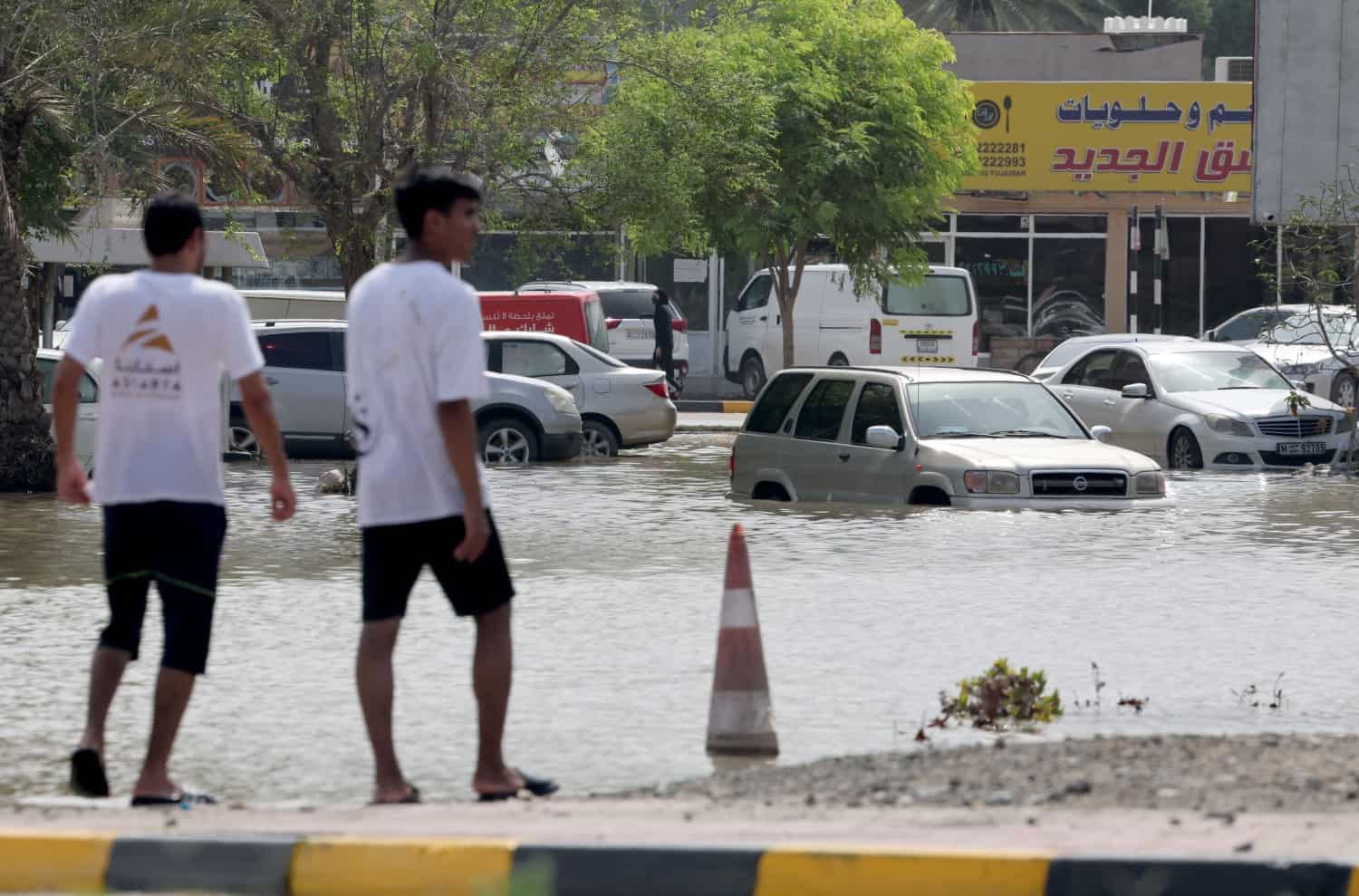Abu Dhabi, UAE — Flooding and torrential downpours in the UAE were less of a threat in the past. However, recently the country witnessed its heaviest rainfall in 27 years, which made it a priority for many to create sustainable solutions that keep cities safer.
Rapid urbanization and inadequate stormwater management, exacerbated by climate change and its associated persistence, are all the reasons behind floods.
The UAE saw its wettest month in decades in July, when severe downpours resulted in flooding. After devastating floods in the UAE, seven people lost their lives, and 3,800 were forced to seek refuge elsewhere. At the same time, the territory’s eastern sector, particularly Fujairah, must now undergo a significant clean-up effort.
Chandra Dake, CEO of Dake Rechsand, says: “It is a wake-up call that warns of a bigger disaster in cities like Dubai and Abu Dhabi if quick steps aren’t taken.”
In an interview with TRENDS, he said, “Unlike in urban centers with expected rains, the UAE cities’ infrastructure development did not primarily factor in stormwater management. Thus, the existing greenscape and bluescape infrastructure are less suitable for handling excessive rain. So, we are witnessing floods”.
Sustainable solutions
To prepare cities with the needed infrastructure to overcome major floods, Dake Rechsand offers IDer, which includes porous tiles, bricks, and pavers built using its proprietary technology, Breathable Sand. These products are paved on rain-exposed surfaces such as roads, playgrounds, and parking lots.
During rains, the porous surface absorbs runoffs and drains them into appropriate areas through sloping and redirection mechanisms or stores them inside underground reservoirs, as Dake explained.
IDer — has been adopted extensively in the UAE, in desert greening and low-input agriculture. Yet, raising awareness for storm management and sustainable water security is a must. So, Dake Rechsand launched the Sponge Cities Partnership (SCP) to mobilize multistakeholder participation in adopting transformational solutions.
What are Sponge Cities?
As the name suggests, Sponge Cities are urban areas with surfaces that absorb rainwater runoff without any problems.
Adoption can be a mix of pavers that soak up water and drain it in the right place and pavers that soak up water and store it in underground reservoirs before sending it back to the primary water grid for use by the community.
The idea of a “Sponge City” is often used as part of larger “smart city” plans, where the goal is to make water infrastructure more circular, Dake clarified.
He said, “In the UAE, sponge cities can help reduce the need for potable water from desalination plants, which require large amounts of energy and carbon. This means that, in addition to the main benefits, like preventing flooding and saving water, it also has a cascading effect on decarbonization, net-zero goals, and sustainability as a whole”.
Protecting your home
Governmental support and measures are essential to overcome natural disasters like floods. Yet, some individual solutions to protect your home may vary in cost, effort, implementation time, and effectiveness.
Grey infrastructure consists of flood barriers made of concrete or steel. However, these man-made buildings are extremely expensive, time-consuming to construct, and need constant upkeep. Meanwhile, stormwater pumps can expedite the removal of flood water from roadways by sucking it up and discharging it back into the ocean.
Finally, with UAE’s plans and strategies to be more environmentally friendly and reduce its carbon emissions, smart infrastructure and construction is a reasonable solution and will assist in saving people’s lives during floods and other natural disasters.

